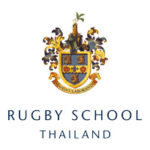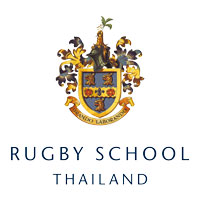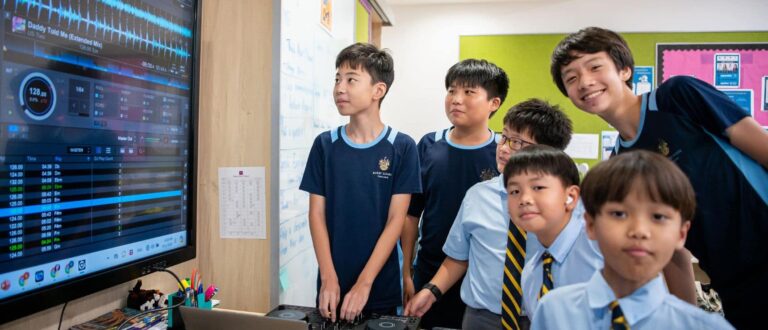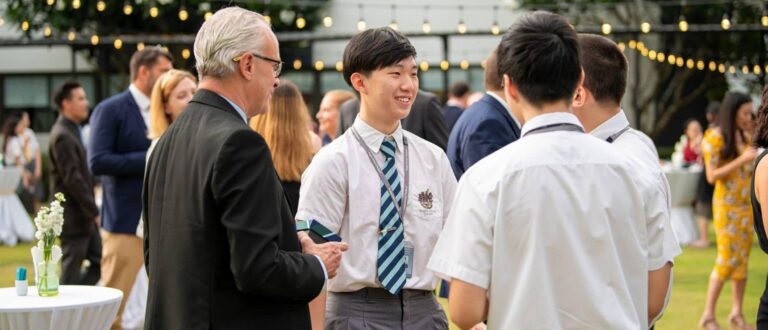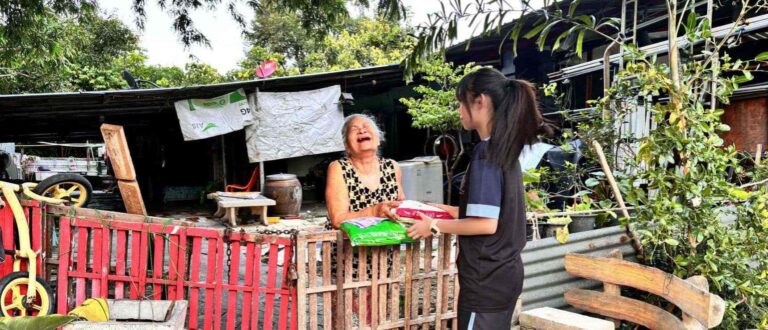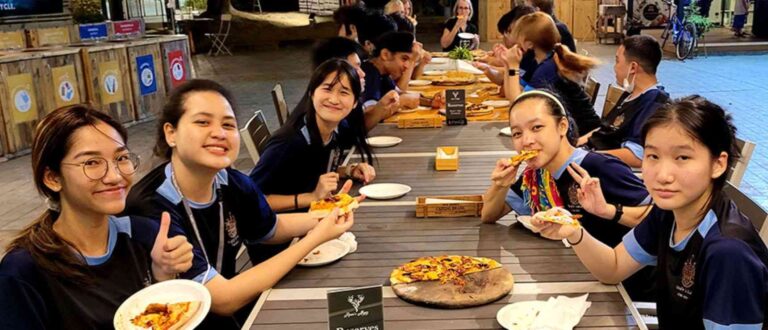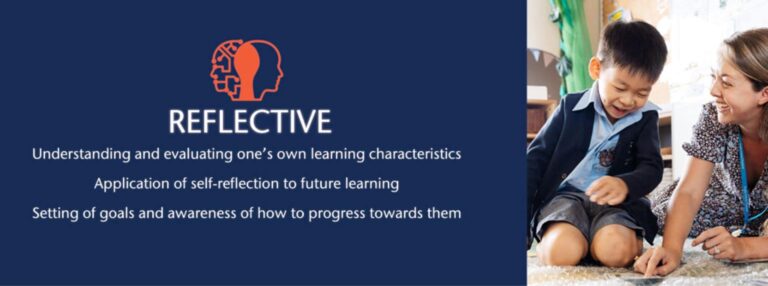A Welsh Not was a piece of wood commonly about 20cm wide, inscribed with the letters WN and attached to a string. During the 19th century in Wales, it was hung around the necks of students who were overheard speaking Welsh during the school day. The aim was to discourage the use of Welsh and to promote the learning of English as the language of economic advantage. And the biggest problem with it was that it was fiendishly effective. By 1911, Welsh had become a minority language in Wales, spoken by 43% of the population, and by the 1980s that figure would halve again.
This approach to acquiring English is known as the total immersion method and until recently its basic premise formed the cornerstone of language policies in international schools worldwide, where it was very common for teachers to insist on an ‘English only’ rule in the belief that this was the fastest way to proficiency in English. In the 21st century, however, new research has shone light on some of its shortcomings, with the main one being that it doesn’t serve our international students particularly well. This is because it leads to what is known as subtractive bilingualism, which is when English replaces a students’ home language as their dominant language, having a negative impact on their relationships, identity and career prospects.
At RST we know that many of our Thai students choose to stay in Thailand and that many of our international students return to their home country to study and to work. They have to be proficient in both English and their home language, and they deserve an education that meets this need. Our language strategy aligns with our philosophy of educating the whole person and aims to ensure every student graduates as a healthy, happy multilingual global citizen. One way we do this is through translanguaging.
Translanguaging is the process of making meaning through two or more languages. In education it is when the teacher strategically plans for the use of two or more languages inside a lesson. This takes many forms depending on the subject, the students and the aims of the lesson. One very effective strategy for younger students is for them to discuss a topic in their dominant language and then write about it in English. This gives them the chance to use all their linguistic resources to build richer and more personal ideas, and then go through the process of transferring that knowledge to English. It allows them to acquire English at the same time as maintaining their home language, a process known as additive bilingualism.
For older learners one strategy is to use home language research. In a history class, for example, a Japanese student is asked to read an article about WW2 in Japanese and then introduce it to the class in English. In this way, not only does the student develop their home language by transferring their new historical vocabulary to Japanese, but the whole class is introduced to the Japanese viewpoint, thus enriching the learning of the whole class, validating the experiences of students from different countries, and providing a truly international education for our future global citizens.
By Andy Nicolaou
Director of Language Strategy
